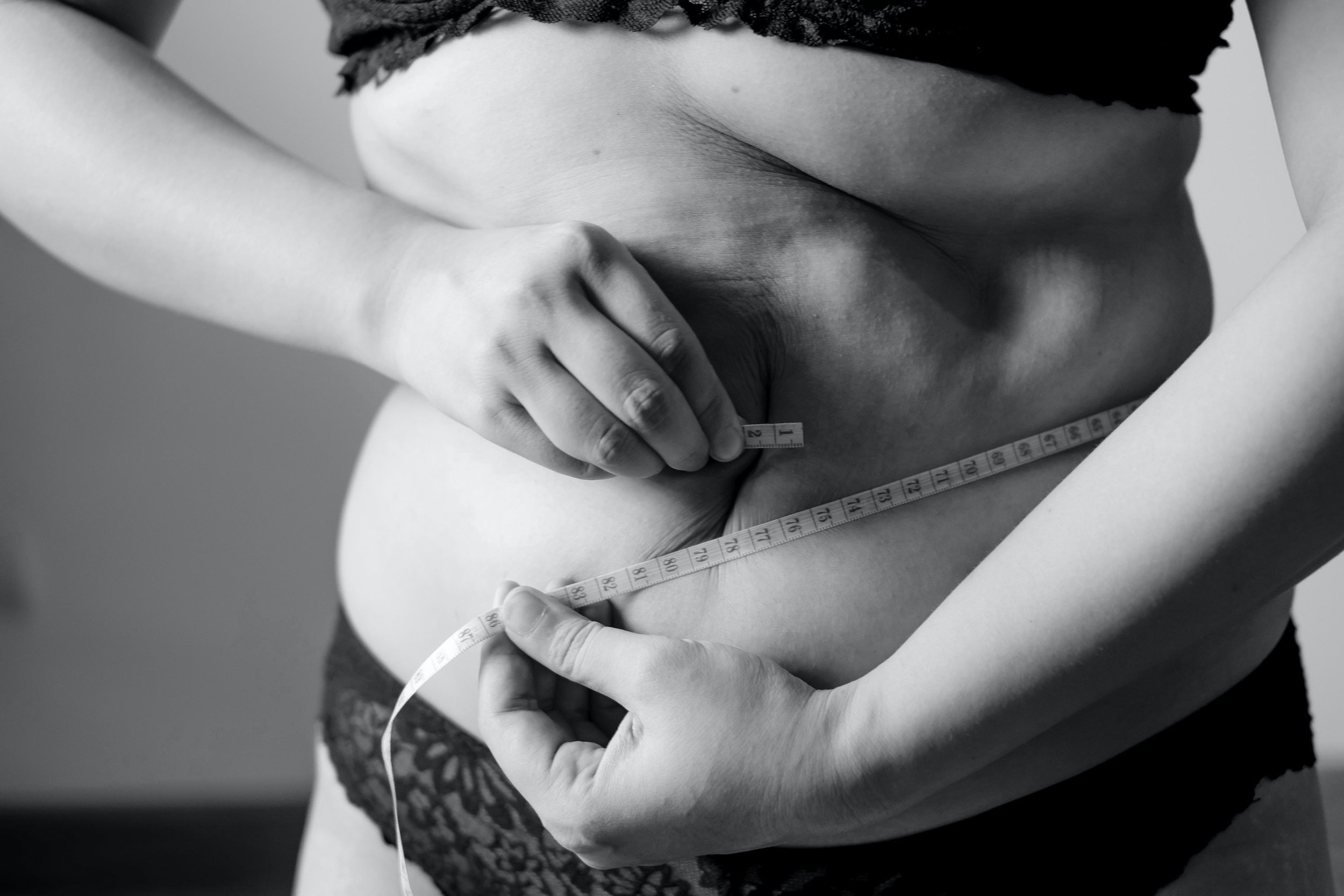Your Tummy Fat Could Be Killing You!
Tummy fat. Some of us have it, others don't. Is there anything special about a big belly compared to a large bottom? Well, surprisingly, not all body fat is created equal!
Dr David Heber, Ph.D., from UCLA’s Centre for Human Nutrition reports that distribution of body fat is a more important predictor of heart attack risk than the traditional measurement of Body Mass Index (BMI), which is a measurement based on the ratio between your height and weight.
It appears that a more accurate predictor of the impact body fat has on your health, is your overall body shape. You may be more like an apple or a pear, or evenly shaped top and bottom. You may have large thighs, fat hips and a huge bum and have a lower heart attack risk than someone with skinny legs and a big belly.
A more accurate and telling predictor of heart attack risk, is the waist-to-hip ratio.

What is your waist-to-hip ratio?
Divide your waist measurement by your hip measurement. For example, if your hips measurement is 40 inches and your waist is 34 inches your hip-to-waist ratio is 0.85. If you are a man, that's great, if you are a woman, that's OK (but you are right on the limit of healthy).
- A man's ratio should not be over 0.90
- A woman's ratio should not be over 0.85
It’s important to remember to not fight nature. If you were born an apple you will stay an apple and if you were born a pear you will continue to appear (lol). Accepting your natural body shape is the first step in losing weight. In a study led by Glasgow, Scotland, psychologist Dorothy Hefferman, Ph.D., researchers concluded that women whose actual body shape differs from their desired one may find losing weight frustrating and have more trouble sticking to a weight-loss program as a result.
If this sounds like you, accept your overall shape as nature intended, but pay attention to reducing fat around your middle and tummy areas. Circumference is much more important to your health than how you look in relation to your bust and bottom.
It's not just about dieting - eating a healthy balanced low carb (not NO carbs but low carbs) meal is very important, however it needs to be supplemented with at least 20 minutes exercise per day and enough hydration.

Have you had a recent screening for High Blood Pressure (Hypertension), Diabetes Mellitus, Cholesterol and BMI (although a high BMI does not necessarily mean increased central/tummy fat and vice versa with a Normal BMI)? If not, this is the year to do that screening at your GP or local clinic.
XX


